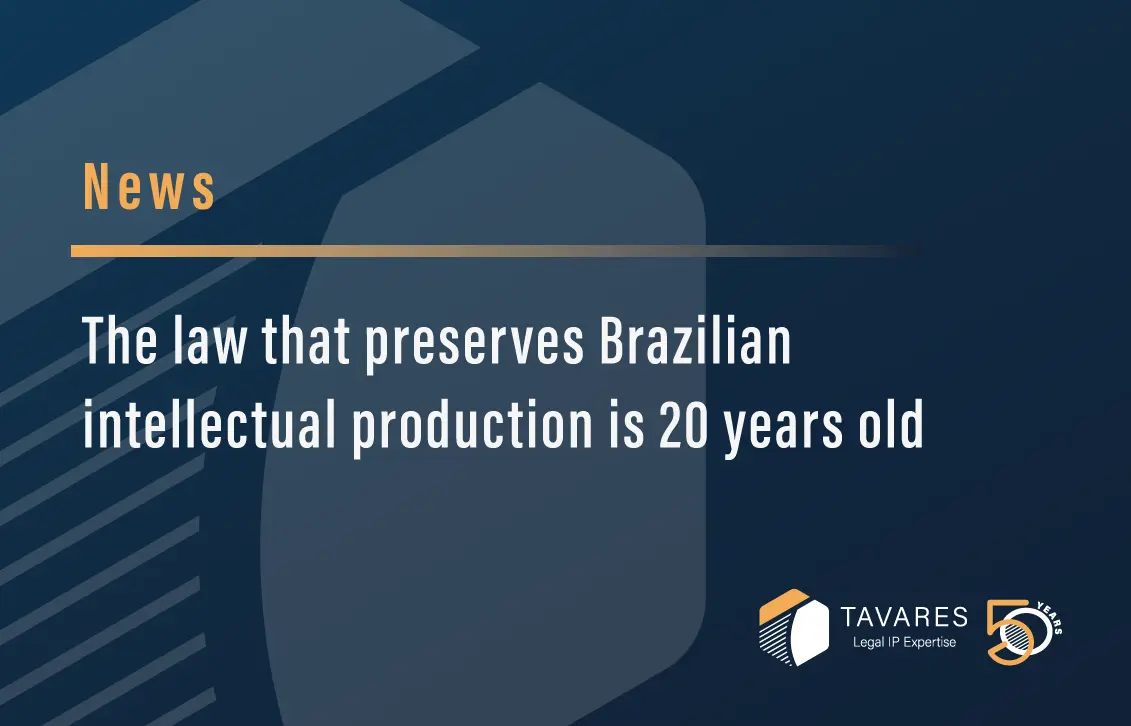The National Library receives an average of 80 thousand publications per year.
For 20 years, every work published in Brazil had to have at least one copy sent to the National Library Foundation (FBN), the oldest cultural institution in the country. Enacted in 2004, during the administration of singer and composer Gilberto Gil as Minister of Culture, Law 10.994 “regulates the legal application of publications in the National Library, aiming to ensure the registration and safekeeping of national intellectual production, in addition to enabling the control, preparation, and dissemination of the current Brazilian bibliography, as well as the defense and preservation of the national language and culture.”
“A country without memory is not a country,” highlights Gabriela Ayres, the FBN Processing and Preservation Center general coordinator responsible for collecting the works sent through the Legal Application. The National Library does not only safeguard the history of Brazil but also the history of Brazil’s construction.”
With the Legal Application, the space receives, on average, 80 thousand publications annually. Some areas of knowledge receive more work than others, and there is also a difference in the number of books sent by region, especially the North and Northeast. “There is a shortage due to logistics and shipping costs, but we always try to cover the major areas and interact with publishers and authors, promoting heritage education on the importance of sending these publications to the National Library,” explains Ayres.
According to the Management Reports available on the institution’s website, in 2023, the foundation received 59,054 works through the Legal Application. Due to the COVID-19 pandemic, the lowest collections in the last ten years were in 2020 (35,772) and 2021 (17,671).
Regarding the types of books, Carlos Henrique Juvêncio, a professor at the Department of Information Science at the Fluminense Federal University (UFF) and author of the book A Biblioteca e a Nação: Entre catálogos, exposições, documentos e memória (The Library and the Nation: Between catalogs, exhibitions, documents, and memory) (2024), explains that they are all those published in the country, including translations of foreign productions and official documents, if collected in books.
“Even if the author is foreign, there was a translator who, at the very least, speaks our language,” he points out. In these cases, there may not be an intellectual production in the sense of being a Brazilian work. Still, the editorial production is, as is the translator’s care and the language. The Legal Application shows the transformations in our language based on written production, so translations are also subject to the legislation,” he adds.
However, the researcher emphasizes that Law 10.994 is still silent regarding publications made in the virtual environment. “There is a loophole that says ‘all printed or other media works,’ but there is still no clear regulation on how digital works should be sent and how they will be made available to the public.”
According to the general coordinator, digital publications, such as e-books, are generally sent to the FBN stored on CD. Still, this issue continues to be one of the main challenges faced by the Processing and Preservation Center.
“Scientific journal publications, for example, have completely moved from the printed model, from a magazine, to a website model”, she notes. In this sense, in 2020, the Digital Preservation Policy of the National Library (PPDBN) was published, with principles for the conservation, management, and dissemination of the digital collection that is part of the BNDigital, created in 2006.
In addition to safeguarding the country’s cultural, literary, and musical heritage, the Legal Application is also related to another Brazilian law, Law 9.610, which regulates copyright in the national territory. The Copyright Law establishes that when a work enters the Public Domain, that is, it can be used without authorization from the family or heirs, and 70 years after the author’s death, the State becomes responsible for safeguarding its integrity.
“Analyzing this part of the law, which says that the State becomes responsible for the integrity of the work, this already refers to the Legal Application,” says Juvêncio.
In the professor’s opinion, with two decades of Legal Application, one issue that needs to be discussed is compliance with the legislation. “We have severe publishers who effectively comply with the norm, but most do not,” he warns. For example, he mentions sending newspapers, which he worked until 2010 at the National Library. According to him, the FBN received around 124 titles from all over Brazil, a scarce production for the territorial extension of the country.
Imperial law
Juvêncio explains that the Legal Application Law originates from another legislation from the early 19th century. In 1824, an order from the then Emperor Pedro I required that all printers of the Court in the city of Rio de Janeiro submit a copy of all works produced to the Imperial and Public Library of the Court, now the National Library. The legislation would only be revised 83 years later, when Decree 1,825 of December 20, 1907, determined that “the administrators of typography, lithograph, photography or engraving workshops, located in the Federal District and the States, are obliged to send to the National Library of Rio de Janeiro a copy of each work they execute.”
Almost 100 years later, the 1907 decree was replaced by the Legal Application Law and Law 12,192/2010, which “regulates the legal application of musical works in the National Library, to ensure the registration, storage, and dissemination of Brazilian musical production, as well as the preservation of the national phonographic memory.”
“The idea is that the National Library will have all the works published and disseminated in the country since the establishment of the Legal Application in the 19th century so that it can be a source of memory and complete what is called the National Memory Collection, formed by a group of institutions, such as the National Archives and the National Museum”, explains the professor.
Source: Agência Brasil






